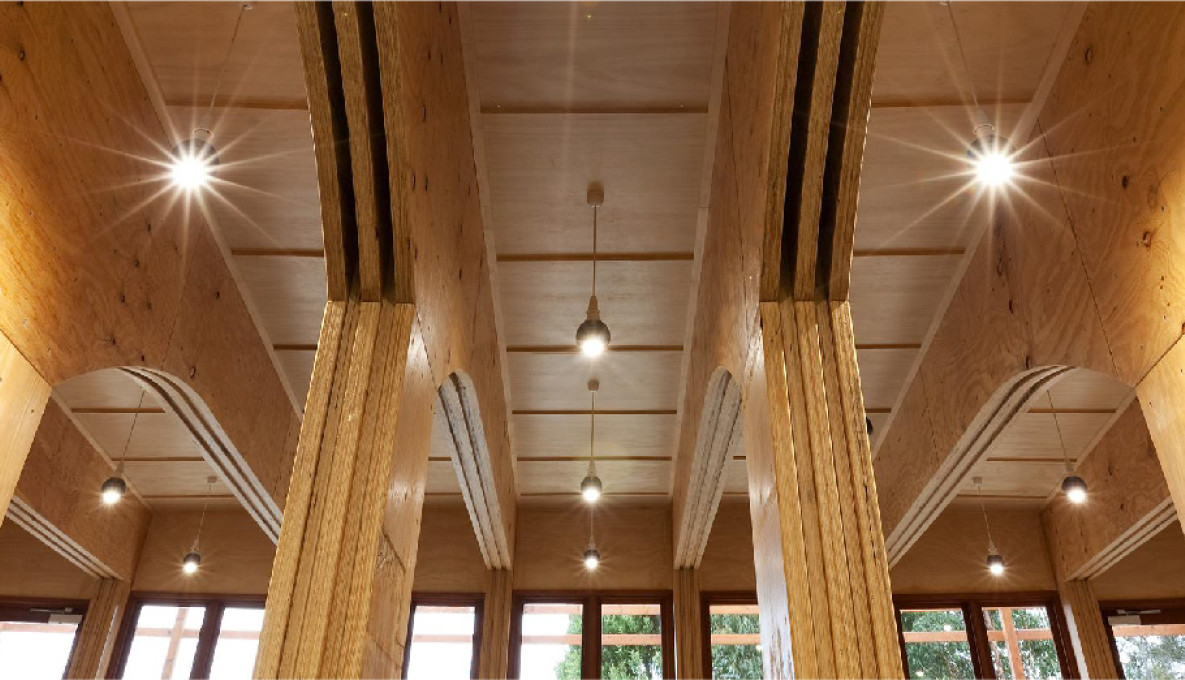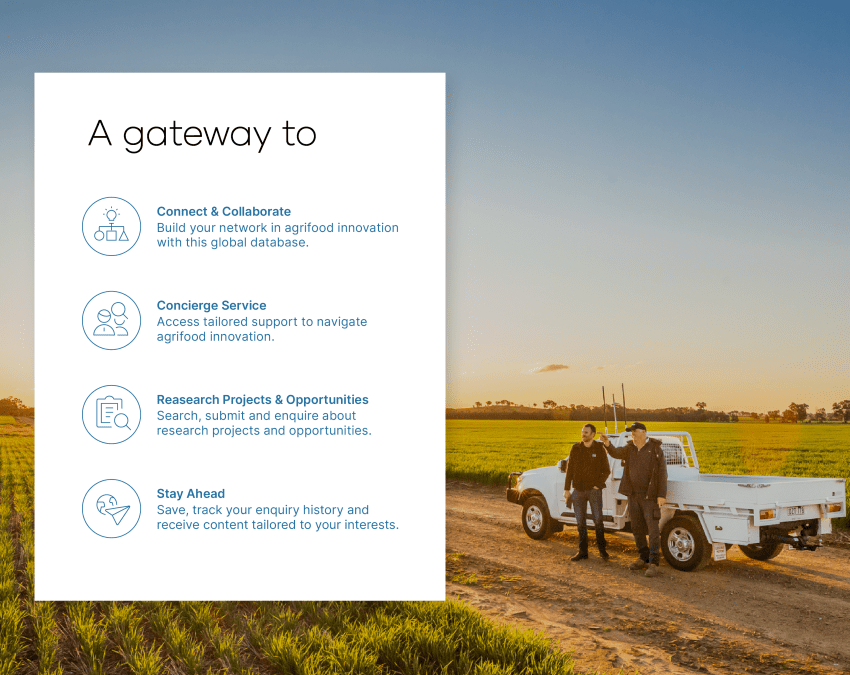-contain-250x120.jpg)
Growers throw their support behind new technology that helps predict and control wood quality
Forest growers across Australia have been enthusiastically exploring recently-launched technology that enables easy and affordable assessment of wood quality in standing trees.
The innovative tool also supports decision making relating to planting locations and forest management practices, to best serve the future quality of stands.

Forest growers across Australia have been enthusiastically exploring recently-launched technology that enables easy and affordable assessment of wood quality in standing trees.
The innovative tool also supports decision making relating to planting locations and forest management practices, to best serve the future quality of stands.
The team behind the initiative believes the ability to predict, maintain and improve timber quality in plantations will help decrease risk and improve grower productivity, competitiveness and profitability.
The tool works by using small-diameter drill technology known as IML-RESI to quickly and cost effectively capture details of a tree’s wood variability and quality. The recorded data (also known as ‘traces’) get uploaded to a specially-developed online wood-quality assessment platform, where it’s processed and interpreted to estimate average density and stiffness across the stand.
Geoff Downes of Forest Quality, which led the FWPA-supported research, explained that while growers have historically sold logs to processers on the basis of volume rather than quality, the ability to easily measure quality indicators could change all that.
“Being able to measure wood quality in standing trees at a particular site, cost-effectively and with minimal effort, means growers get a better understanding of the properties of processed timber, which determines price,” Downes said.
“Communication between growers and processors around the information collected can be used to create an understanding across the supply chain of how the standing tree properties will relate to the products that ultimately come out of the sawmill.”
The technology also has advantages in aiding grower decision making around which sites and silvicultural practices will impact the stiffness and volume of their timber. This knowledge will allow growers to plan for improved wood quality in their stands, meaning increased value for processors.
“Since launching earlier this year, the technology has been put to the test by growers and processors from across the industry, with close to 20 companies purchasing IML-RESI instruments or actively exploring the possibilities,” said Downes.
“I have remained on-hand throughout this process, to provide training, offer support and troubleshoot any issues that arise. We are also continually upgrading the online platform, by taking on board user feedback, which has already resulted in a wealth of extra and improved functionalities.”
To keep the channels of communication open between industry and the researchers, a regular Zoom meeting has been scheduled for IML-RESI users, who will be given opportunities to discuss any issues experienced during use and application, share ideas on operationalising the technology, and suggest ways in which trace metrics might be amended or added.
The sessions also allow the developers to share details of updates to the web platform amongst users. Any industry members interested in participating in a future Zoom meeting should contact Professor David Lee of the University of the Sunshine Coast at [email protected]
Dr Dominic Kain, Geneticist at industry partner HQPlantations, said
this project is the first time they have been able to collect this level of detailed wood quality information on a such a large scale.
“An experienced operator unencumbered in clear terrain can assess around 500 trees per day, a huge increase from what was achievable previously,” Kain said.
“One particularly exciting outcome is the potential to provide our processor customers with accurate information about the properties of the wood they will receive post-harvest.”
While most of the team’s work to date has focused on mature-aged and close-to-harvest stands, there has been great interest from industry in looking at mid-rotation stands and the impact of changing silviculture practices on wood quality. The team is in the process of developing a proposal for a follow-up project in this area.
The online wood quality assessment platform can be accessed by clicking here.
The project was supported with funding provided to FWPA by industry partners, together with matched funding from the Department of Agriculture and Water Resources. The 12 industry partners include HQPlantations, HVP Plantations, the Forestry Corporation of NSW, Timberlands, OneFortyOne Plantations, PF Olsen, Highland Pine, AKD Softwoods, Norske Skog, GTFP, Hume Forests and Hyne Timbers.
For more details on this project, view the project report here or email [email protected]
Related organisations
-contain-250x120.jpg)
-crop-850x675.png)
Looking for engagement?
Showcase your commercialisation opportunity today.
Talk to our team to discuss how growAG. can connect your innovation to industry.
Have questions? Find answers to our most frequently asked questions on research projects, commercial opportunities, organisations and more.
